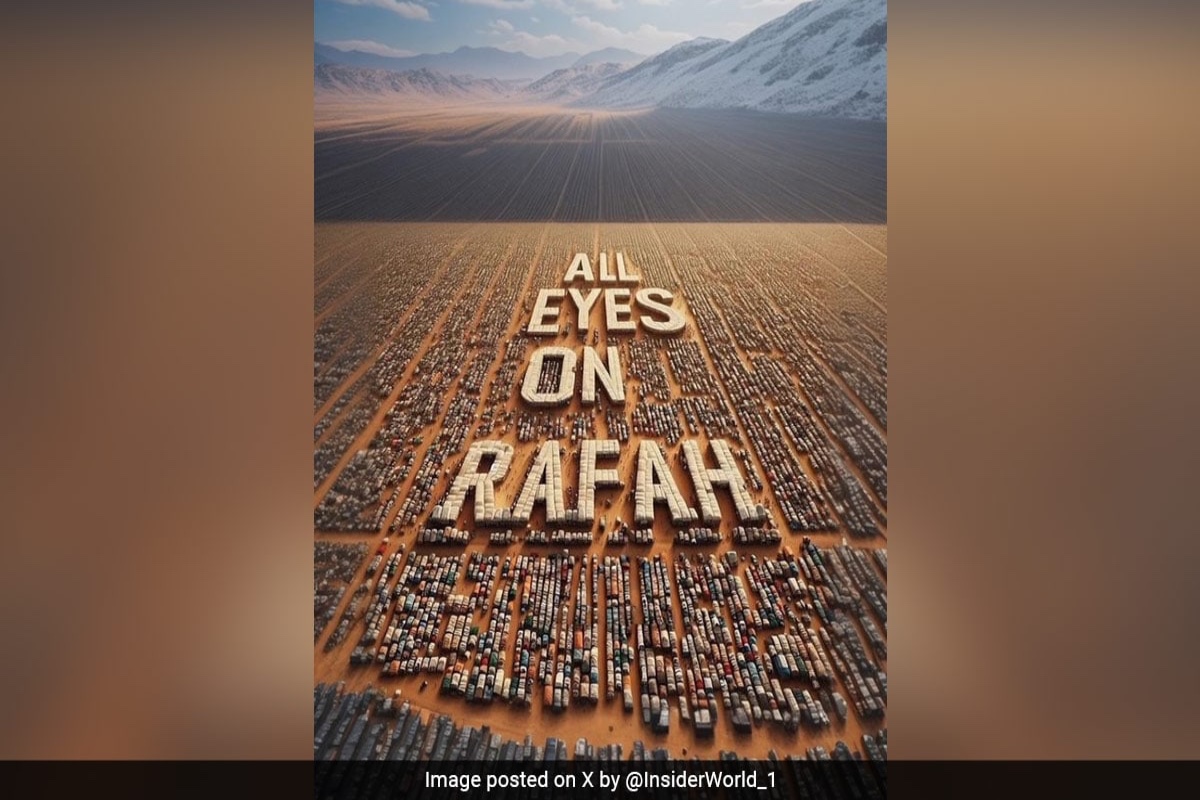The IAEA Versus Iran
I. Olli Heinonen
By Geoffrey Cook, TMO
Berkeley–Olli Heinonen isa Finn, who is currently a Senior Fellow at the Belfer Center for Science and International Affairs at Harvard University in Cambridge Massachusetts in the Boston metropolitan area. Previous to that, he was the Deputy Director-General for Safeguards at the International Atomic Energy Agency (IAEA), a U.N. (United Nations) department based in Vienna (Austria). He worked his way up to Deputy-General within a distinguished twenty-seven year career at the Agency which began in 1983. From 1999 to 2002, he was Director of Operations A, and from 2002 through 2005 then was Director of Operations B in the Department of Safeguards. During this period, he oversaw efforts to scrutinized Iran’s nuclear program for the purpose of containment.
Iran, as a signatory of the Non-Proliferation Treaty (NPT), had agreed not to weaponize, but under Article Four of that very Treaty, it has the right to develop its nuclear resources for peaceful purposes.
Here’s where the (International) legal battle begins. Tehran claims to be building a back-up for an energy source if its oil production fails. (Unfortunately, the present blockade has re-enforced their worst fears, and going down the road to nuclear energy will, also, make weaponization possible.) Unfortunately, the prevalent threat to the Shia Islamic Republic is Israel, who has not signed the NPT, and, although they are the fifth largest nuclear power in the world, is, thereby, not bound by these “nice†legalities of the treaty for which Iran is now undergoing sanctions.
Tel Aviv is not because the modern Israelis are in complete denial of their weaponization. Therefore, this makes a peaceful resolution of the conflicts in the Middle East unlikely anytime soon, and will remain as a possible the major flash-point for a much larger conflagration.
As your writer writes, the news in the recent (background) reporting is that the three-day IAEA-backed talks with the P-5+1 (the five declared nuclear powers plus Germany) with Iran have concluded without any conclusive agreement, . That is why Dr. Heinonen, who is a scientist with an expertise in nuclear waste disposal’s, talk was so valuable, despite the fact that yours truly is an Area Studies specialist by academic training, and, consequently found comprehending his presentation quite intellectually challenging.
The nuclear history of Iran began as the last Shah (Farsi Emperor’s) regnum was waning. With the United States’ blessing, enrichment of uranium began under a French contract. In any instance anywhere once the know-how has been established it will remain with the possessor at least at that to the stage at which they left it. So it was after the Islamic Iranian Revolution (1979). The Islamic Republic picked up the technology established under the Shah’s regime, and has proceeded in developing it. Whether it is for their domestic oil resources or for weaponization, it is hard to determine.
Iran has domestic ore at its disposal, but not enough to potentially meet its future industrial requirements.
The processing plant near the historically rich city of Isfahan was built with Chinese engineering and technology.
Iran desired a thawing of relations with the West, but Washington and their allies tightened the “screws†on them during the 1990s. At this point, Persia began to advance seriously towards enrichment. At that time, they partnered with Russia to build a plant, and with French help, too. The modern Medes, also, started their heavy water reactors. Although heavy water-based fuel is not the best for medical isotopes, that was the excuse Tehran presented to the IAEA, according to Heinonen, for their actions. Iran decided to build the first plant near the culturally sensitive city of Qom (a cultural heritage site).
Heinonen, then, went over what the International Atomic Energy Agency knew about the situation on the ground today:
They have considerable resources although their technology is old; yet Iranian capability is advancing, and is in the process of constructing a further enriching plant. Succinctly, the expert avers, the Islamic Republic of Iran is creating more fuel than they need: Enough for the next twenty years.
He predicts the timeline for them to weaponize, if they elect to do so, would be relatively short.
In the relatively short history (fifty years) of the Iranian nuclear program, rumors commenced to float between 1993 and 1994 that Iran was not reporting to the IAEA the extent of its program. Yet it took the U.N. ten years to react.
Word that they were breaking the Treaty (NPT) came through whistle-blowers in 2001. Then, a “shopping list†(of materials they sought to buy or were looking to purchase) was intercepted in 2007 which rose suspicions.
“We have to connect the dots, and sometimes [mere] intelligence fails to connect [those] dots.â€
In brief, the Iranian scientists have the ability to produce small amounts of fuel for a small weapon at this point in time. “There is enough material for a nuclear weapon.†Also, they are using proliferated Pakistani technology for a considerably larger bomb if the Revolutionary Guard decides to do so in the future. All this has been within a slow process, though, and they may be keeping it purposely so.
If they were sincere, they could assemble a weapon by the end of this year (2013).
(In the next article we shall conclude Dr. Heinonen’s comments plus an interview along with the author’s analysis – especially upon the geo-political ramifications resolving around his scientific perspective on the question.)
15-5











2013
945 views
views
0
comments